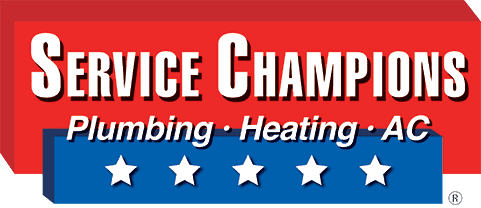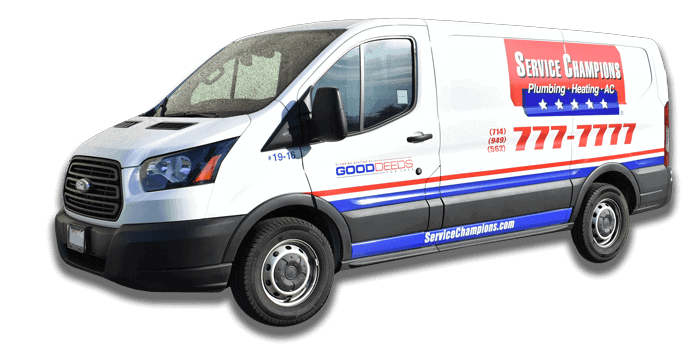Ways to Clear Your Outdoor and Indoor Drains
If your drains are clogged or slow, you may be tempted to wait to address it. Unfortunately, waiting can leave you with a strong odor in your home, water pooling in your kitchen or bathroom, a pipe burst, and other expensive and messy problems.
You need a professional for major clogs, but if you have minor clogs or slow drains, you can try to clear them on your own with gentle, safe DIY methods.
What Are the Types of Indoor and Outdoor Drains?
There are several plumbing systems in your home. The potable water system is the system that pumps clean water into your home for drinking, cooking, and bathing. Once that water is used, it’s taken out of your home with the sanitary drainage system. Storm drainage is the outdoor drain system for stormwater and other weather-related drainage.
Over time, these drains can be clogged with regular use. For example, your kitchen sink is prone to clogs from animal fat, oil, grease, or food debris. Your bathroom sink or tub can become clogged with hair, or soap. Outdoor drains may be clogged with moss, leaves, dirt, or tree branches and roots.
Any drain in your home can struggle with mineral buildup that leads to slow drains. Another possibility is foreign objects, such as dropping things into the sink or toilet that shouldn’t be there or kids dropping toys down drains to see what happens.
Ways to Keep Your Drains Clear
If you have a major clog, it’s best to call a professional plumber to fix it as soon as possible. Minor clogs and slow drains may be able to be fixed at home, however. Here are some options:
Pour Boiling Water Down the Drain
If your drains are running slowly but don’t have standing water, pouring boiling water down the pipes may be enough to do the trick. If the clog is caused by fats, oils, food debris, or soap, it may be enough to dissolve it away.
Boil about a half-gallon of water and pour it into the drain slowly and carefully. When it’s finished, run the tap on hot for several minutes.
You can use boiling water in most of your home drains, but avoid any pipes that are PVC. Boiling water can melt the pipes, creating bigger problems down the line.
Use Dish Soap
Dish soap is a good option to break up grease or oil and get the drains working again. You only need about an ounce or so. Too much will create suds that don’t drain smoothly, causing them to solidify and create a bigger clog.
Use a Home Remedy
Many homeowners rely on chemical drain cleaners to dissolve buildup and clogs. While it may be effective, it can cause damage to your pipes and may lead to health issues.
Fortunately, you can clear your pipes without the harsh chemicals using a mixture of baking soda, vinegar, and boiling water. Just mix one cup of baking soda and one cup of vinegar together, pour it down the drain, and add boiling water. It may take some time to clear the pipes, so be patient.
Try Drain Unclogging Tools
If you’re comfortable, a plastic drain clearing tool can be helpful to remove clogs from debris like hair balls or foreign objects. You can pick up an affordable drain tool at your local hardware store or department store.
To use the tool, insert it into the drain as deep as it will go, then slowly pull it back out. If you’re not getting any debris, try twisting the tool to catch the debris on the barb.
You may see advice for using a wire hanger to unclog your drain, but this isn’t a good choice. The plastic tool is safe for your pipe and designed to work on minor clogs. Wire hangers can damage your pipes or get stuck, exacerbating the situation.
Take Apart the P Trap
If you have a serious clog that you can’t capture with the plastic drain cleaner, you may need to disassemble the pipe. Many clogs happen in the P trap, which is a curved part of the pipe. It’s simple enough to do on your own, however.

Begin by placing a bucket under the P trap to catch any water. Loosen the plastic nuts that hold the P trap together. You can use tongue and groove pliers or a dry cloth rag. Remove the trap’s elbow carefully and check for debris. If you can, push or pull the debris out and reassemble the pipe, then test the water to see if it drains freely.
Whether you have a slow drain, a minor clog, or a plumbing emergency, the pros at Service Champions can help! Contact us today to schedule your appointment!

